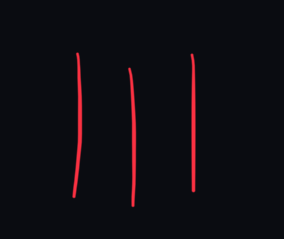Singers have already a hard time with rhythm. Here I show the consequences of using too big subdivisions and long phrases within bars.
Here is an an arrangement of the iconic melody of Flow my Tears, by John Dowland (1596, England) . This notation will have some important disadvantages for the contemporary musician:
1. Phrasing: The long semi-phrases are shorter than the bars. This will give a hard time for inexperienced singers and not talented professional singers.
2. Rythm: The “swing” and – principally – tone painting (!) of the word ‘fall’ is lost. Here it should be one note prolonged from light to strong beat .
3.Accent: the first half-ending is on ‘springs’. The long bar gives the advantage of making it clear, where is the first phrase . However the phrase ends with an exclamation on the weak beat. The singer will tend to end this phrase without the confidence necessary for expression .
4. Polyphony: Bar lines might make horizontal relationships obscure. However, they help singers keep the precision of their rythmic synchronicity, principally when the lines are rhythmically independent.
5. Performance: the fatigue of counting a rythm that were easier to keep otherwise takes the mental energy required to express the words, phrase and tonal material.
All these elements can be turned around by professionals. The conductor, however, requires more time and effort to achieve a good result.
What happens in the praxis is that the musician “translates” in his own mind and in his own notes into everything ig into a simpler rhythm…
Unless I write this for a specific professional ensemble, would certainly write this in 4/4, and from there adjust the things as I wish. This way the piece can be performed by more singers.
But the at the end, when it comes to decide what is “unnecessarily hard”, it depends on the arguments you have to do what you do. There are possibly still more aspects to observe here.
Which is, in your opinion, the advantages of this notation?
